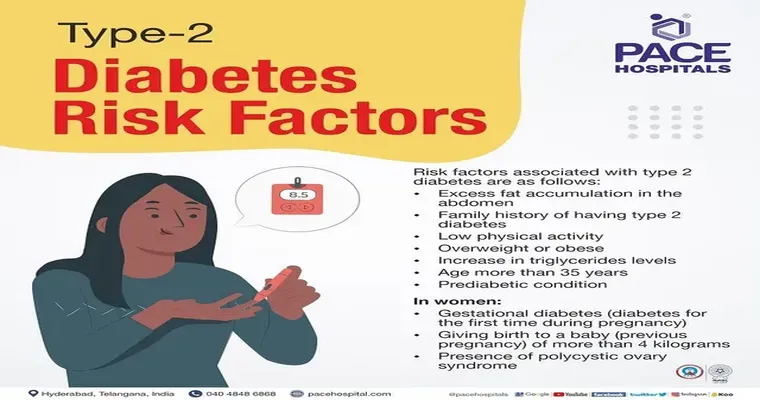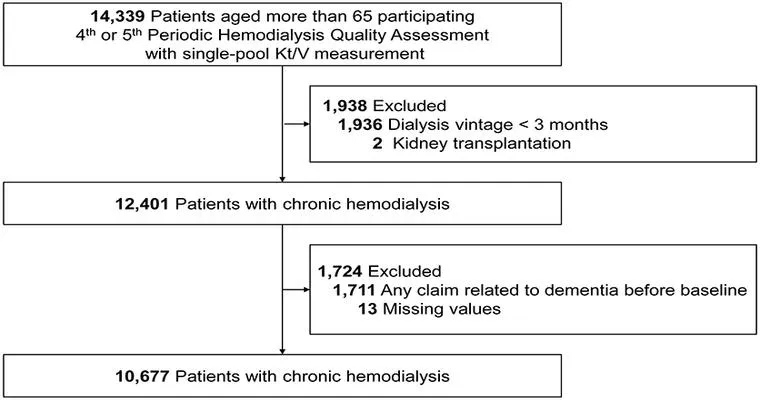Diabetes is a chronic condition that affects millions of people worldwide. Understanding who gets diabetes is crucial for prevention and management. Several "risk factors" contribute to the likelihood of developing this serious health issue, including "genetics", "lifestyle choices", and "age". By recognizing these factors, individuals can take proactive steps to reduce their risk and maintain a healthier life.
1. Genetic Predisposition
One of the most significant "risk factors" for diabetes is genetics. If you have a family history of diabetes, particularly type 2 diabetes, your chances of developing the disease increase. Genetic factors can influence how your body processes insulin and glucose.
2. Obesity
Obesity is a leading cause of type 2 diabetes. Excess body weight, particularly around the abdomen, can cause insulin resistance, making it harder for the body to use insulin effectively. Maintaining a healthy weight through diet and exercise is essential for reducing this "risk factor".
3. Sedentary Lifestyle
A "sedentary lifestyle" significantly raises the risk of developing diabetes. Regular physical activity helps regulate blood sugar levels and improves insulin sensitivity. Incorporating more movement into daily routines can be a powerful tool for prevention.
4. Unhealthy Diet
Poor dietary choices, including high consumption of processed foods, sugary beverages, and unhealthy fats, can lead to weight gain and increased blood sugar levels. A diet rich in whole grains, fruits, vegetables, and lean proteins is essential for lowering the "risk" of diabetes.
5. Age
As we age, the risk of developing diabetes increases. Individuals over the age of 45 are particularly vulnerable. Regular health screenings and lifestyle modifications can help mitigate this "risk factor".
6. Ethnicity
Certain ethnic groups are at a higher risk for diabetes. African Americans, Hispanic Americans, Native Americans, and some Asian Americans have a greater likelihood of developing type 2 diabetes. Awareness of this "risk factor" is vital for targeted prevention efforts.
7. High Blood Pressure
Hypertension, or high blood pressure, is another "risk factor" associated with diabetes. It often occurs alongside insulin resistance and can lead to severe health complications. Monitoring blood pressure and making lifestyle changes can help manage this "risk".
8. High Cholesterol Levels
Dyslipidemia, characterized by high levels of LDL cholesterol and low levels of HDL cholesterol, is linked to an increased risk of diabetes. Regular check-ups and maintaining a healthy diet can help manage cholesterol levels effectively.
9. Gestational Diabetes
Women who have experienced "gestational diabetes" during pregnancy are at a higher risk of developing type 2 diabetes later in life. Regular monitoring and lifestyle changes are crucial for reducing this "risk factor" in the future.
10. Stress
Chronic stress can lead to unhealthy coping mechanisms, such as overeating or neglecting physical activity, increasing the likelihood of diabetes. Practicing stress management techniques, such as mindfulness and exercise, can help mitigate this "risk".
Conclusion
Understanding the "risk factors" associated with diabetes is vital for prevention and management. By recognizing elements such as genetic predisposition, lifestyle choices, and age, individuals can take proactive steps to protect their health. Regular check-ups, a balanced diet, and physical activity are essential for reducing the risk of diabetes and ensuring a healthier future.





